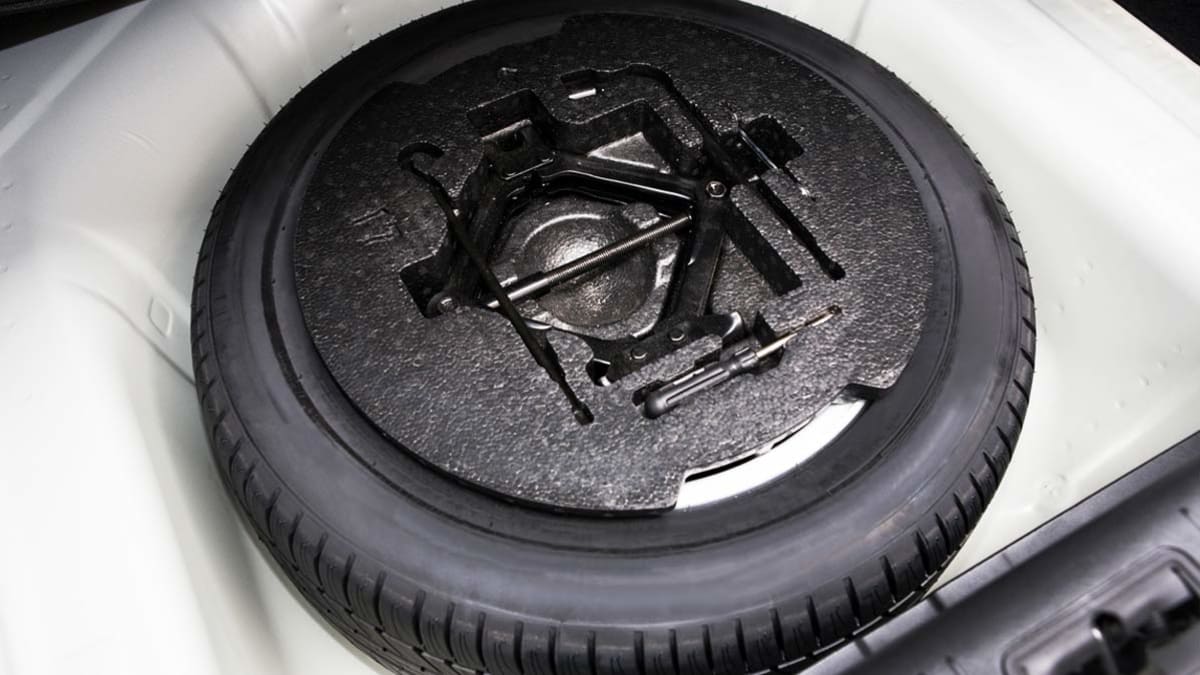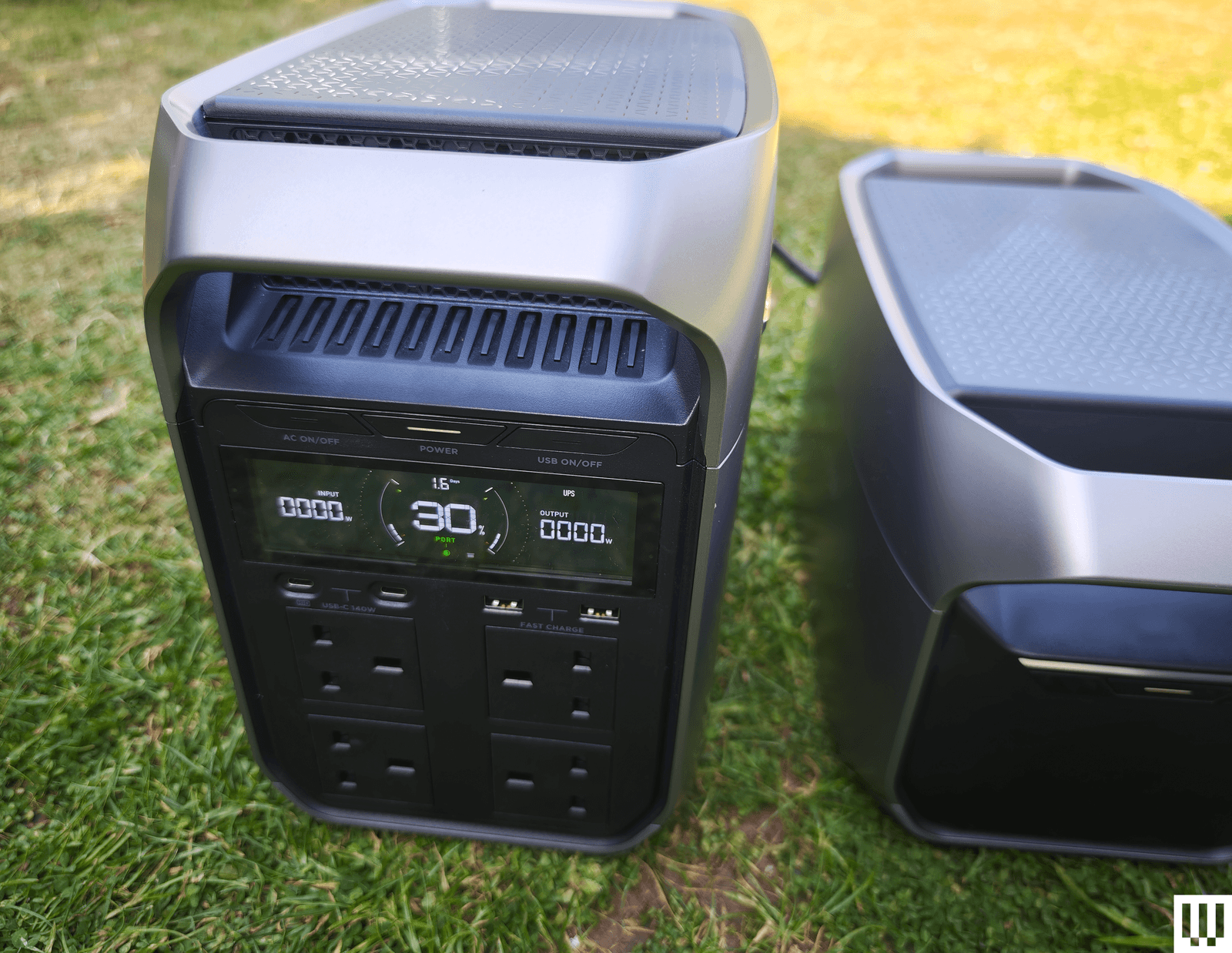
Since 2020, about 9 percent of the cars tested by Consumer Reports have come with a full-sized spare. Studying our database, we found that 46 percent came with a temporary (aka space-saver) spare tire, and the rest were equipped with a sealant kit (34 percent), a run-flat tire (7 percent), or nothing at all (4 percent).
Simply put, based on our test fleet, about 45 percent of new cars today don’t come with a spare tire, though they might be equipped with a compressor and sealant kit to temporarily fix a flat tire.
Carmakers are skipping the spare because of regulatory pressure to squeeze more miles out of every gallon of fuel. Ditching the 50 or 60 pounds that a tire, wheel, and jack usually add to a car’s weight helps to increase fuel economy slightly. (It also increases profits because automakers don’t have to pay for those parts.)
The problem is that a sealant kit won’t help you if a tire’s sidewall gets sliced or if the flat is caused by more extensive damage than a minor tread puncture.
Cars often have room to store a space-saver tire under the rear cargo floor, even if it isn’t so equipped. If your vehicle doesn’t come with a spare tire, consider a spare-tire kit, which includes a tire, jack, and lug wrench. They start at around $250.
“Know how your car is equipped before you take delivery,” says Ryan Pszczolkowski, who manages Consumer Reports’ tire program. “Don’t assume the car you’re about to buy has a spare tire. The best time to find out is in the showroom—so you can also use it as a negotiating point—not on the side of the road after you’ve had a flat.”









